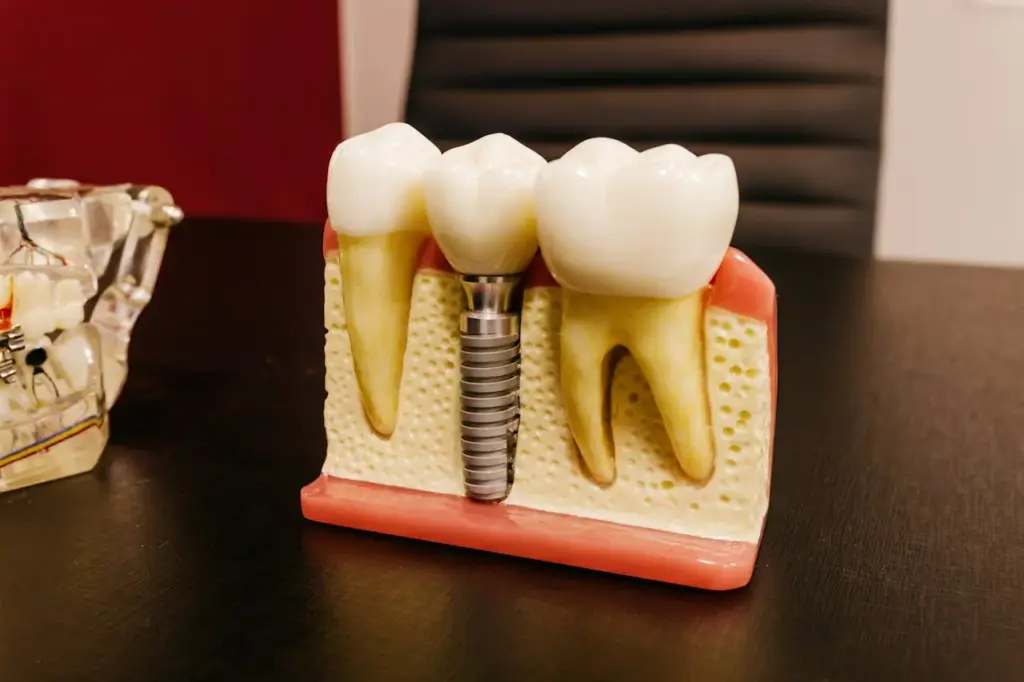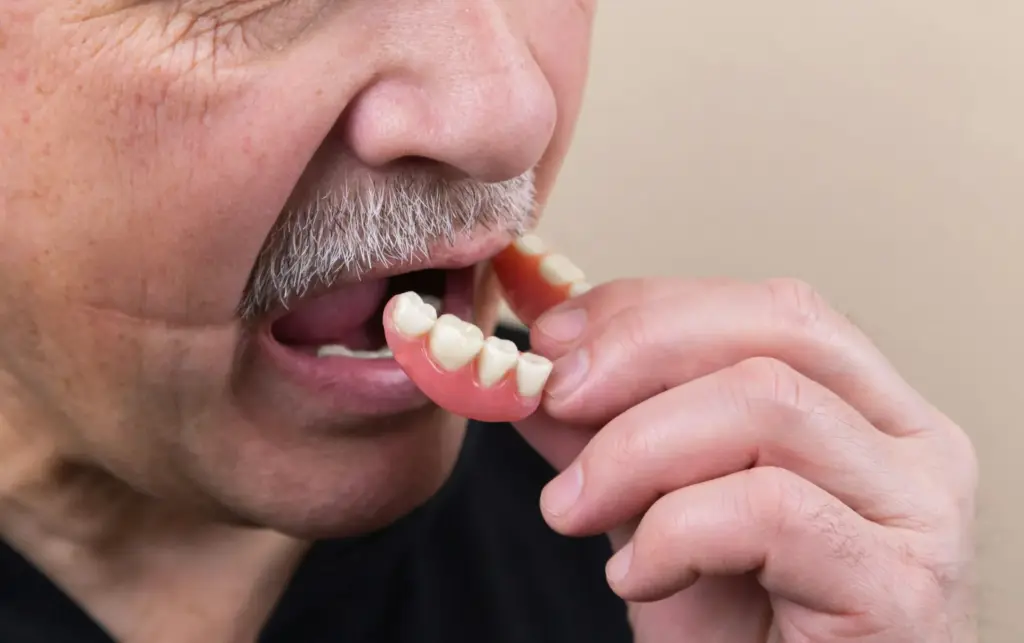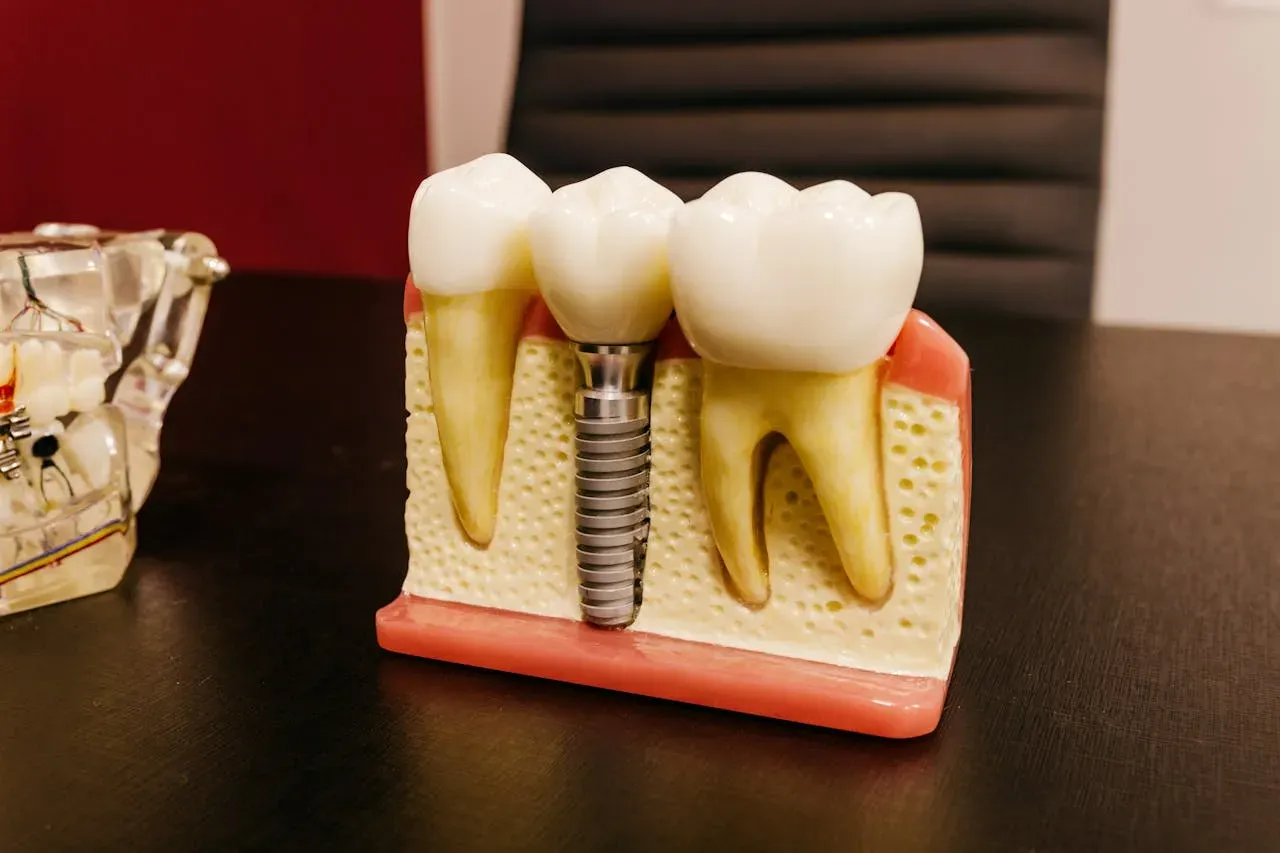Losing a tooth, or living with one that no longer pulls its weight, can make everyday life a little awkward. Smiles tighten, menus shrink and confidence dips. A dental prosthesis is simply a carefully made replacement for a missing or damaged tooth or teeth. The aim is straightforward: restore comfortable chewing, clear speech and a smile that feels like you again. Calm, sensible and patient-first.
What counts as a dental prosthesis?
“Dental prosthesis” is the umbrella term for devices that replace or rebuild teeth and the structures that support them. Some are fixed in place, others are removable. Your dentist will help you choose based on the number of teeth involved, the health of your gums and jawbone, and what suits your routine.
Fixed prostheses
Crowns
A crown is a cap shaped like a natural tooth that fits over a damaged or heavily filled tooth to strengthen it and improve its appearance. For a plain-English primer on when crowns are used and how they are made, see Understanding and choosing dental crowns.
Bridges
A bridge replaces one or more missing teeth by anchoring an artificial tooth to the teeth on either side. These supporting teeth may be crowned to hold the bridge securely. Bridges are fixed, discreet and designed to share the load of everyday chewing.
Implant-supported teeth
A dental implant is a small titanium post placed in the jawbone. Once the bone has integrated with it, the implant can support a single crown, a bridge or even a full arch of teeth. For a neutral public explainer of the principles and suitability, see the NHS overview of dental implants.
Removable prostheses
Complete dentures
If you are missing all the teeth in an arch, a complete denture replaces the lot. Modern dentures are far more natural in appearance than their reputation suggests, and with a good fit, they can be very comfortable.
Partial dentures
If you still have some natural teeth, a partial denture clips around them to replace the gaps. It is a budget-friendly, non-surgical option and can often be adapted if your mouth changes over time. For keeping them fresh and presentable, try these tips on denture stain removal and prevention.
Choosing the right option
There is no single “best” solution for everyone. The right choice balances health, function, budget and personal preference. The quick comparison below helps you get your bearings before you speak with your dentist.
At-a-glance comparison
| Option | Best for | How it works | Benefits | Things to consider | Typical longevity* |
| Crown | Saving a heavily filled or cracked tooth | A custom cap bonded over the tooth | Protects and strengthens, natural look | Needs enough healthy teeth; may need a root canal if the nerve is compromised | 10+ years with good care |
| Bridge | One or two missing teeth with strong neighbours | False tooth anchored to adjacent crowned teeth | Fixed in place, usually quick to complete | Prepares neighbouring teeth, new flossing routine under the bridge | 10+ years with maintenance |
| Implant crown | Single missing tooth with sufficient bone | Titanium “root” supports a crown | Preserves bone, independent of neighbouring teeth | Requires surgery, longer timeline, higher cost | Often decades with regular care |
| Implant bridge or full arch | Needs enough healthy teeth, may need a root canal if the nerve is compromised | Multiple implants support a bridge or full arch | Very stable, excellent chewing | More planning and appointments, meticulous hygiene | Long-term when well-maintained |
| Partial denture | Multiple gaps or a changing mouth | Removable plate clips to the remaining teeth | Cost-effective, easy to adjust | Not fixed, short adaptation period | 5 to 8 years before a major remake |
| Complete denture | All teeth missing | Removable full-arch plate | Non-surgical, restores smile quickly | Relies on fit and muscle control, periodic relines | 5 to 8 years before a major remake |
*Longevity varies with bite forces, diet, oral hygiene and routine dental reviews.
If you are weighing up fixed teeth on implants versus full dentures, evidence suggests implant-retained overdentures often improve comfort, stability and satisfaction compared with conventional dentures. The Cochrane review of attachments for implant-retained overdentures offers a clear summary.
What to expect on your treatment journey
No two mouths are the same, yet most journeys follow a steady, sensible path.
- Conversation and examination
You will talk through what bothers you, what you hope to achieve and any medical history we should know about. Your dentist checks teeth, gums, bite and jaw joints. We explain options and costs clearly, and obtain your permission before any treatment, in line with the GDC’s guidance on valid consent. - Records and planning
Photos, scans or X-rays help us measure bone levels and tooth health. Impressions or digital scans create a model of your mouth so we can plan precisely. For implants or complex cases, a 3D scan may be recommended to map bone and nerves. - Health first
If there is gum disease or decay, this is treated before any prosthesis work. A solid foundation gives the best long-term result, reflecting the principles in NICE guidance NG30 on oral health in general practice. - Preparation
For crowns or bridges, the teeth are shaped, and temporary restorations are placed. For implants, a short surgical appointment places the titanium post. Most people manage well with local anaesthetic and sensible aftercare. - Try-ins and adjustments
Whether it is a crown, denture or bridge, you will usually try a preview version to check the bite, shape and smile. Adjustments at this stage save fuss later. - Fitting
Your final prosthesis is fitted and polished. We check your bite carefully so that chewing feels natural. - Aftercare and reviews
You receive clear cleaning instructions and a review plan. The first few days are about letting your mouth settle and building new habits.
Looking after your new teeth
A little daily care keeps everything comfortable and makes your investment last.
- Brush twice daily with a fluoride toothpaste, paying close attention to the gumline.
- Clean between teeth and under bridges using floss threaders or interdental brushes.
- Around implants, use super-floss or implant-safe brushes. The SDCEP’s guidance on professional maintenance is a good reference.
- Ease in with softer foods during the first week, then build up as comfort improves.
- Book routine check-ups and hygiene visits. Our friendly dental hygienist team in Cardiff can tailor home-care tools and techniques, and this page on routine dental care explains how regular visits protect your investment.
Red flags worth a call
- Persistent rubbing or sore spots with a denture after the first week
- A crown or bridge that feels high when you bite together
- Implant tissues that are red, puffy or bleed when cleaned
- Any sudden change to speech, bite or comfort
We are never cross about questions. Early tweaks prevent bigger problems.
Comfort, function and confidence across your options
Crowns
Crowns protect a tooth that has been through a lot, for example, large fillings or cracks. They restore strength and shape so you can bite and smile without worry. Materials range from high-strength ceramics to metal-ceramic combinations. Your dentist will help choose what suits your bite and the tooth’s location.
Bridges
Bridges are fixed and feel secure. They rely on the teeth on either side, which must be healthy enough to act as supports. Cleaning under the false tooth is the new habit to master, usually with a floss threader.
Implants
Implants are the closest option we have to replacing the root of a tooth. They help preserve jawbone and do not rely on support from neighbouring teeth. The process takes longer because bone healing needs time, yet the result can feel wonderfully natural.
Dentures
Modern dentures are lighter, more discreet and designed with your speech patterns in mind. Expect a short settling-in period as your cheeks and tongue adjust to the new shape. Small, thoughtful adjustments make a big difference, especially in the first fortnight.
Final thoughts
If you are missing teeth or coping with a denture that does not feel secure, there is usually a calm, practical way forward. A short conversation, a clear plan and steady aftercare often make all the difference.
Thinking about fixed teeth that feel like your own? Start with our dental implants page, where we outline planning, placement and ongoing care, and book a friendly consultation.






